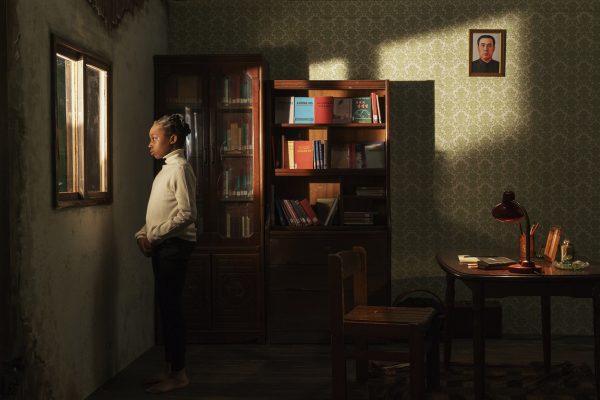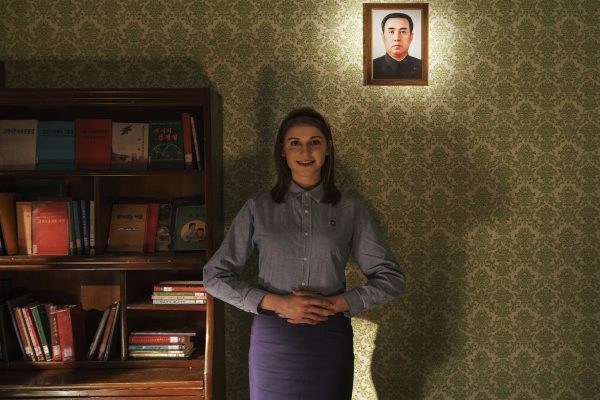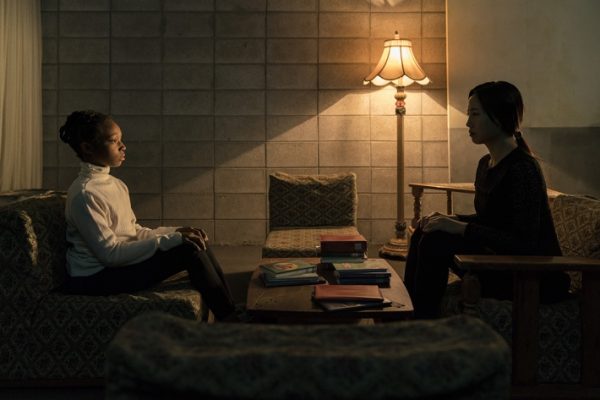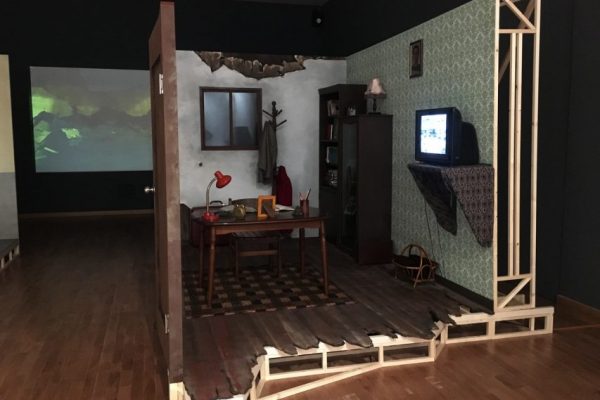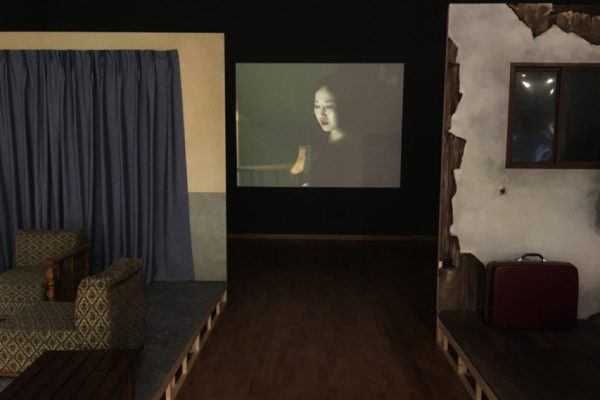The most awaited biennale in Korea opened its doors on the 8th of September till the 11th of November. As always the biennale was presented in two different spaces, that you can reach by the shuttle bus set up by the organization. The theme this year was “Divided we Stand”.
This theme put forward the scourge of humanity for centuries, War. Wars are always present in our society, destroying, killing, and dividing people and countries. It tore apart not only territories or nations, but also people and their psyches. What kind of though do you think to cross the mind of people during wars or when they are separated from their family? What kind of sentiment do they have when their life brutally change because of political conflict? And more importantly with what kind of mind artists face this struggle?
The artists presented during the Busan Biennale tries to show us their feeling and point of view about this situation. A number of countries where divided after world war II, as China and Taiwan, India and Pakistan, Israel and Palestine, and not least Korea. With the recent event about an eventual reunification between the two Koreas, the exhibition shows us an interesting review of history through the eyes of artists that have different backgrounds and points of view. The exhibition aims to make the public discover a different point of view about divided context.
In fact, some artists explore the subject in a more direct way whereas others explore it in a mental, conceptual, or historic way.
Amongst them the Korean artist Lim Minouk, with her installation of Kbs tv broadcasting program “Finding Dispersed Families”. In this artwork, the artist, which is well known for her work about nations, politics, and ideology, present a frozen broadcasting station filled with various iconic objects. She gets her inspiration from the real story of KBS which had to replace people with mannequins to relay the situation when they submitted their archives to UNESCO “Memory of the World programme” in 2015. The different objects that she placed around the broadcasting station are related to the show and the families that appeared in this show. A second room, placed near the broadcasting scene, show us the different participants of the tv show how don’t really remember their ages, names, or even families because they were too young during the war. Each one is holding signs on which they have written a question mark or the word “Unknown” because they can’t answer the reporter’s question. With this work, Lim Minouk tried to denounce the action of media during the cold war, which served the government’s propaganda.
with the same base, Zhang Peili represents in a different way the role of media in a process to help an ideology.
Presented on the second floor of the Museum of Contemporary Art of Busan, “Scenic Spot Open Temporarily” (2018), was a work of art that is inspired by sculpture and performance work that he created in 1995. In this work, the artist collected newspapers and build with it a monumental wall in the gallery space.
At the Busan Biennale, Zhang Peili, re-created this wall along with a performance in which he sits on the wall opposite side tearing apart the newspaper. This artwork criticizes the role of media in public opinion. In fact, the media have an important role in communication and bringing information to the public mass, but sometimes they abuse this power and give fake news that can change the public opinion. The wall that he created can be seen as a metaphor for the blinded view of the viewer created by the media. Indeed, in this exhibition, the viewer can only attempt to peer over the large wall, with the help of a small wooden platform. This platform represents what the media want us to know through them and not more.
The influence of the media is more and more present in our modern world, which makes it difficult to distinguish between truth and falsehood information.

Regarding perception we can also point out another issue, the Monique Macias history presented to the public by the artist Che Onejoon through his video installation “My Utopia” (2018).
In this installation, the artist, presents us with a short movie, in a documentary format, inspired by Monique Macias’s life. Monique Macias is the youngest daughter of Francisco Macias Nguema, the president of Equatorial Guinea during the 70s. He sent her in exile to Pyongyang, in North Korea, where she spent 16 years of her life. During all the time she was in North Korea, Monique Macias experienced and impregnated North Korean culture and thought. Che Onejoon, show well this part of her life in his installation. Presented with the film video, a replica of Monique Macias house with pictures of herself. What marks us in this artwork, and especially in the film, is the fact that her skin color and her origins stir the curiosity. Of course is no surprise, when you know the historical context of North Korea. What is more surprised is the fact that Monique Macias, was so impregnated with North Korean culture that she was seeing herself as a Korean and not as someone from Equatorial Guinea. The installation is therefore highlighting the issue of individual identity when you are immersed with different cultures, including community, nationality, race, or language.
Onejoon Che, My Utopia, (2018)
Through all the Busan Biennale, “Divided we stand”, the artists show us that the political and war issues can separate people by border, but they will always find a way to get reunited.



